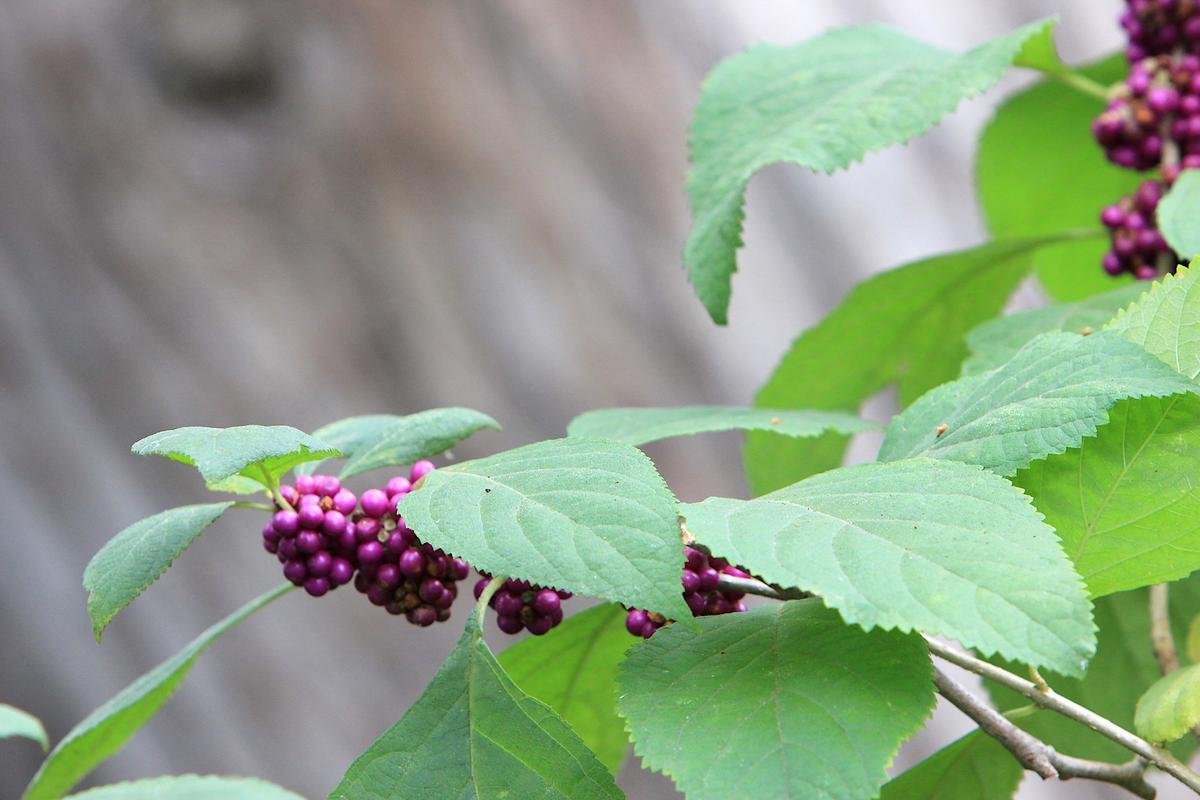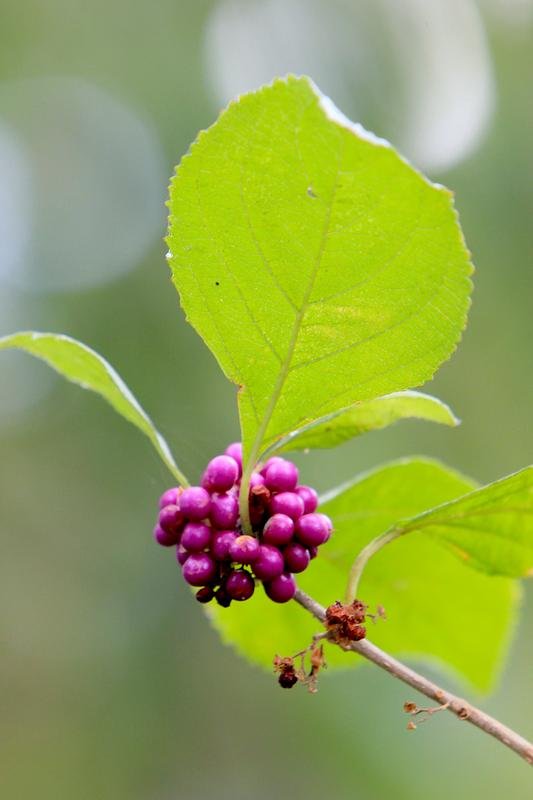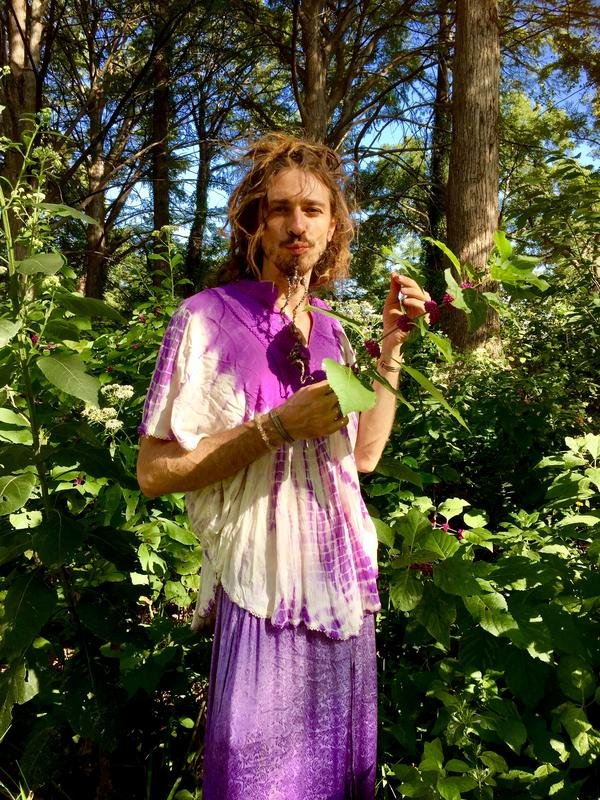Welcome to a new episode of Bounties of the Land!

In this article AND video, we will go over a beautiful and edible native plant that is abundantly available in the wilds of South East America known most commonly as the American Beauty Berry!

(All Photos are taken by and property of me)
That's because it's just so beautiful!

(All Photos are taken by and property of me)
There are other names for it as well, and I will cover in this written article some of the science, history, uses and more! Check the video for taste test review and harvesting.
- Scientific name: Callicarpa americana, Callicarpa japonica
- Alternate Names: French mulberry, sourbush, bunchberry, or purple beauty-berry.
- Edible: ripe berries raw or cooked/preserved.
- Where: South Eastern American Woodlands, the Caribbean, and northern Mexico.
- When: late summer, fall
- Nutritional Value: Vitamins, Minerals, & carbohydrates
- Other uses: Beauty berry leaves contain several very strong mosquito repellent molecules. Studies conducted by the Agricultural Research Service has shown two compounds – callicarpenal and intermedeol - are responsible for the repellant.Toxicity of these molecules is unclear, but I know of nothing bad from my experience. The roots, leaves, and branches were used by various Native American tribes for medicinal purposes to treat malarial fevers and rheumatism. The roots were used to treat dizziness, stomach aches, and dysentery. Roots and berries were boiled and drunk to treat colic. Wildlife: The fruit is high in moisture content and is an important food source for more than forty species of songbirds including the American Brown Robin.

(All Photos are taken by and property of me)
In Greek, the genus name Callicarpa means callos "beauty" and carpos "fruit”.

(All Photos are taken by and property of me)
American beautyberry is a fast growing native perennial shrub. It grows 5-8 feet tall & almost as wide. It is found in woods, particularly in moist areas under open pine canopies.
The elliptical to ovate shaped leaves have an opposite arrangement with saw toothed margins. The underside of the leaves are commonly covered with hairs.

(All Photos are taken by and property of me)
The twigs are gray to reddish brown. The flowers are blue, violet, pink, or white. In August or September, clusters of small purple berries ripen. Each berry contains 2-4 seeds about 1/16 in. long.

(All Photos are taken by and property of me)
I love this berry because it tastes quite good, it is super abundant in the late summer/fall, and is very easy to find due to the large size of the bush and the very bright berry clusters!

(All Photos are taken by and property of me)
As with most plants, the plant itself has other uses which can be useful to someone who really lives off the land.

(All Photos are taken by and property of me)
You can propagate for its beauty or as food/medicine. Transplant volunteer plants, softwood cuttings, or seeds.
The volunteer plants are very strong and can be dug up and transplanted quite easily with high success.

(All Photos are taken by and property of me)
You can also take cuttings, though it is much more difficult than simply transplanting. Cut a stem 4”- 6” long in the summer and fall. Dip the cut end into a rooting transplant media. Keep the temperature of the media between 70-75 degrees F. Water the cuttings and cover with plastic to keep it from drying out and stay moist. Roots often develop within a few weeks. After rooting begins, remove the plastic longer and longer each day for about 10 days. After 10 days, remove the plastic permanently.

(All Photos are taken by and property of me)
You can also plant the seeds; all berries have seeds. You can plant them in the fall, and they will likely sprout in the spring in proper conditions.

(All Photos are taken by and property of me)
I hope this post was informative, inspiring and enjoyable!
Now here is the short video of the harvest and taste test!
You can check out my last Bounties of the Land (Preparing For Winter) here if you so desire.

(All Photos are taken by and property of me)



